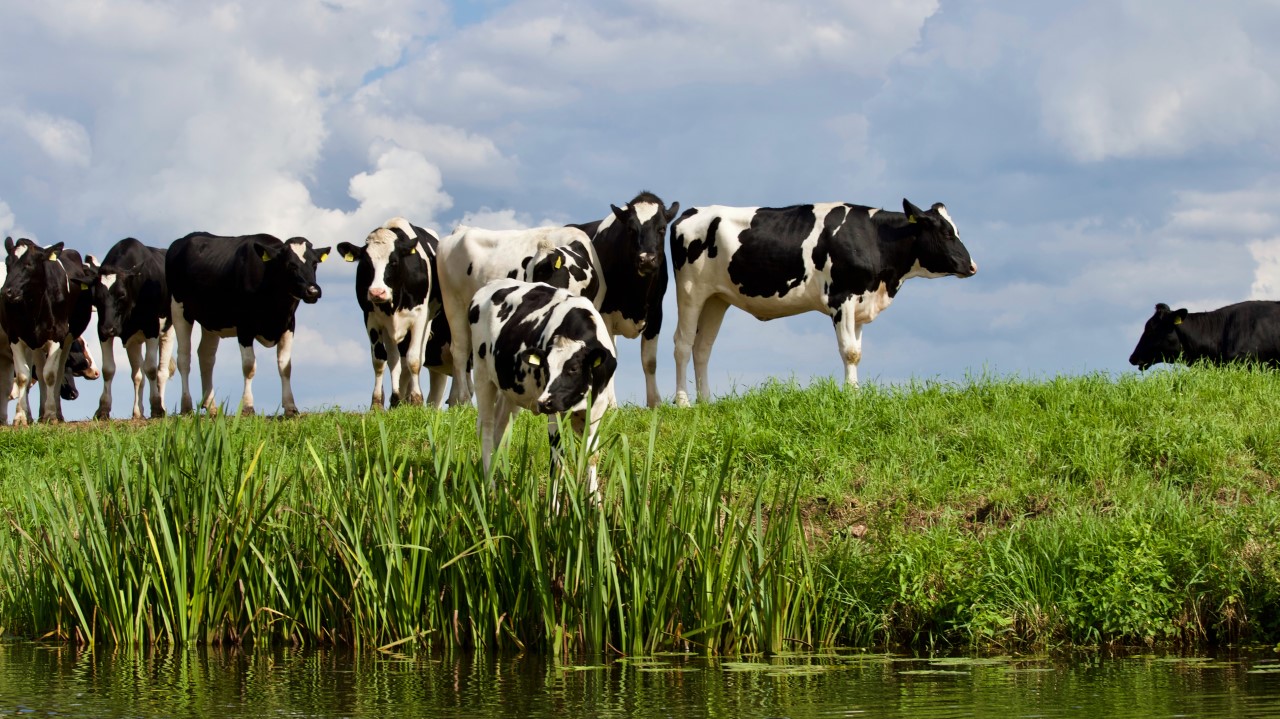



Weekly beef and dairy digest: Indonesia moves to fill a domestic beef shortage and the USDA publishes latest round of reports
Indonesia expects meat and buffalo consumption to rise by 64 percent in 2021, while the USDA predicts restricted red meat supplies in the United States.Indonesia plans on importing cattle and meat amid domestic shortfalls
Indonesia plans on importing 502,000 cattle and 85,500 metric tonnes (MT) of beef to help fill a supply gap in its domestic meat market, the country’s ag ministry director, Fadjar Sumping Tjatur Rasa, said.
The ministry expects Indonesia’s meat and buffalo consumption to surge 64 percent from last year to nearly 700,000 MT, resulting in roughly a 223,000 MT supply gap. Meanwhile, meat sellers in Jakarta launched a three-day strike yesterday as they are unhappy about the high cost of meat procurement. Indonesia primarily sources cattle from Australia, but the Indonesian government has said it wants to source more from other places.
USDA’s Livestock and Dairy Outlook for 2021
USDA this week reported production of red meat and poultry is anticipated to grow in 2021 compared with last year. However, trade dynamics will likely affect meat available to US consumers next year.

Availability is the disappearance on the domestic market of what remains after exports and ending stocks are subtracted from the sum of production, beginning stocks, and imports. Dividing this amount by the US population yields per capita disappearance.
Per capita disappearance of red meat is forecast to be lower by almost 1 percent year over year in 2021 at 111 pounds. This decrease in availability stems largely from greater expected exports and fewer imports of beef, which more than offset greater availability of pork.
The fourth-quarter 2020 forecast for beef production was revised down on lower-than-expected beef cattle slaughter, which was partly offset by higher-than-expected cattle carcass weights. Beef production for 2021 was forecast lower than last month on fewer fed cattle supplies expected. Fed steer prices are forecast to increase in the second half of 2021 on lower beef production.
The 2021 forecast for feeder steer prices was lowered due to expected higher feed costs. Beef imports in November were down 4 percent from a year ago due to tighter exportable supplies in major exporting countries. November beef exports were up 13 percent year over year on strong shipments to China and Mexico. The import forecast for fourth-quarter 2020 and first-quarter 2021 was revised down, while exports in fourth-quarter 2020 and first-quarter 2021 were raised from last month.

Dairy outlook
Based on recent data and higher expected milk prices, the milk production forecast for 2021 has been raised to 226.7 billion pounds, 0.4 billion higher than last month’s forecast. Due to an improved economic outlook, enhanced by Federal Government actions to stimulate the economy, and USDA’s announcements regarding purchases of dairy products, domestic demand expectations for dairy products have strengthened. Dairy product price forecasts for 2021 have been raised. The all-milk price forecast for 2021 is $17.65 per cwt, $1.05 higher than last month’s forecast.
USDA recent retail developments in dairy markets
Most wholesale dairy product prices reported in the USDA National Dairy Products Sales Report rose from the week ending December 12 to the week ending January 9. The exception was the price of 40- pound blocks of Cheddar cheese, which fell 8.5 cents to $1.6671 per pound. The price for 500-pound barrels of Cheddar cheese (adjusted to 38-percent moisture) rose 4.9 cents to $1.5260 per pound. Prices for butter, nonfat dry milk (NDM), and dry whey increased to $1.4905 (+5.1 cents), $1.1238 (+2.3 cents), and $0.4404 (+3.2 cents), respectively.

For the trading week ending 8 January, Chicago Mercantile Exchange (CME) spot prices for 40-pound blocks and 500-pound barrels of Cheddar cheese were significantly higher than the most recent NDPSR prices, averaging $1.7790 and $1.5965 per pound, respectively. CME spot prices for NDM and dry whey were also higher than the most recent NDPSR prices, averaging $1.1795 and $0.4860 per pound, respectively. The CME weekly average spot price for butter was lower than the most recent NDPSR price, averaging $1.4095 per pound.
Recent US dairy product prices have been competitive with foreign export prices. For the 2 weeks ending 8 January, skim milk powder (SMP) export prices for Oceania and Western Europe were $1.40 and $1.25 per pound, respectively.
Oceania and Western Europe export prices for butter were $2.04 and $1.87 per pound, respectively. The Oceania Cheddar cheese export price was $1.85 per pound, and the Western Europe dry whey price was $0.46 per pound.
US milk production during November totalled 18.025 billion pounds (averaging 600.8 million pounds per day), up 3.0 percent from November 2019. This follows year-over-year milk production growth of 1.8 percent in August and 2.3 percent in September and October. Milk cows numbered 9.407 million head, 62,000 head more than November 2019 and 12,000 head more than October 2020. Milk per cow averaged 1,916 pounds in November, 43 pounds above November 2019.
Read Jim Wyckoff's latest updates on the poultry industry on The Poultry Site and see his analysis of the global pig industry on The Pig Site.
TheCattleSite News Desk
IMPORTANT NOTE: I am not a futures broker and do not manage any trading accounts other than my own personal account. It is my goal to point out to you potential trading opportunities. However, it is up to you to: (1) decide when and if you want to initiate any traders and (2) determine the size of any trades you may initiate. Any trades I discuss are hypothetical in nature.
Here is what the Commodity Futures Trading Commission (CFTC) has said about futures trading (and I agree 100%): 1. Trading commodity futures and options is not for everyone. IT IS A VOLATILE, COMPLEX AND RISKY BUSINESS. Before you invest any money in futures or options contracts, you should consider your financial experience, goals and financial resources, and know how much you can afford to lose above and beyond your initial payment to a broker. You should understand commodity futures and options contracts and your obligations in entering into those contracts. You should understand your exposure to risk and other aspects of trading by thoroughly reviewing the risk disclosure documents your broker is required to give you.



